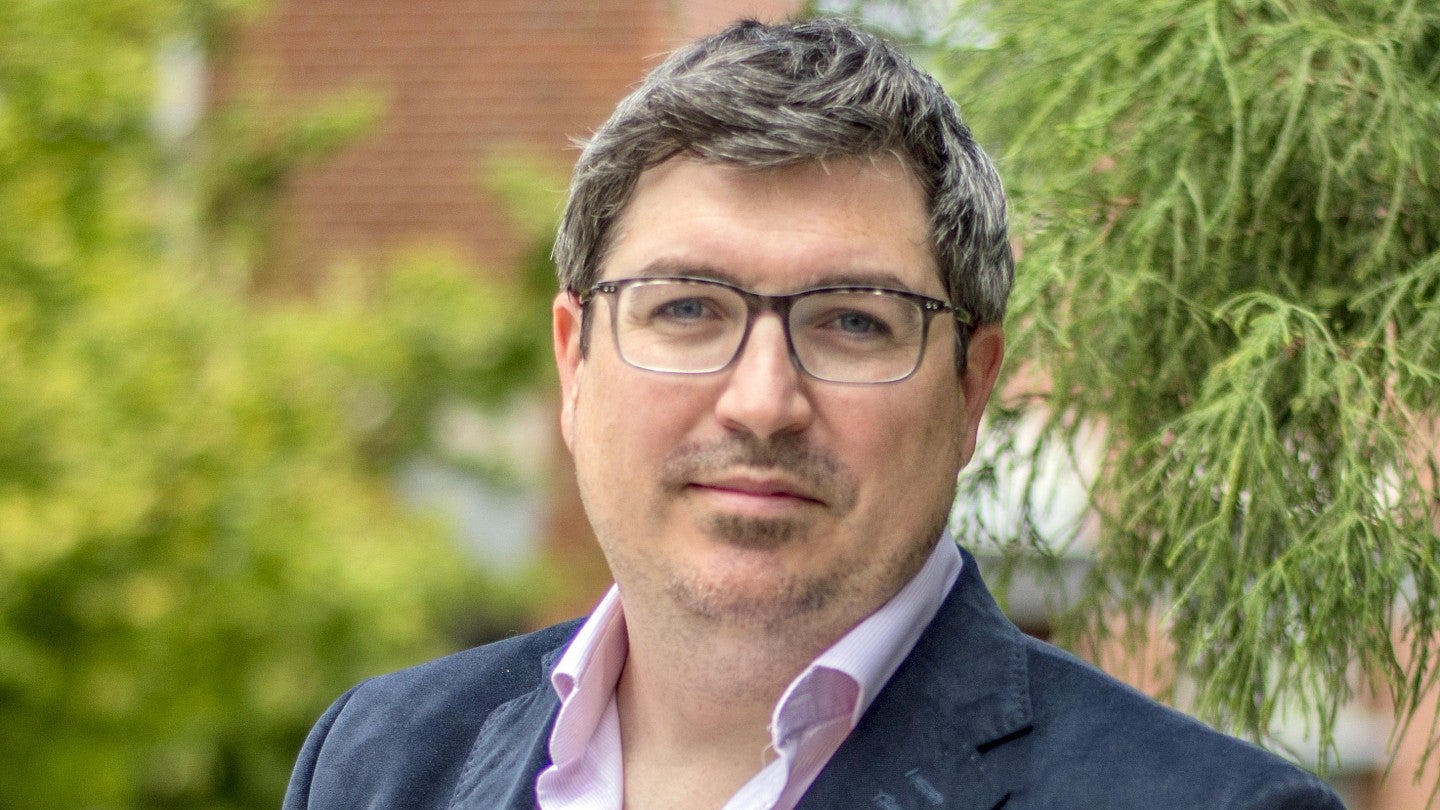
New course will teach SOJC students how to navigate a changing industry
College students studying journalism, public relations or advertising are heading into a career landscape where the only thing certain is uncertainty.
Students who have the most comprehensive understanding of the challenges confronting the industry are often able to get hired because of their strategic knowledge, even if they don’t have the most experience, said Damian Radcliffe, professor of practice in the School of Journalism and Communication.
“My view is no one should graduate from SOJC without a comprehensive view of that communications landscape and the issues it’s facing, what’s emerging on the horizon and the implications for the work you do,” he said.
That is why Radcliffe is developing a new 300-level course on the Business of Media that will launch winter term. The class will be compulsory for all SOJC undergraduates and targeted to students near the end of their time at SOJC and the UO.
Radcliffe has received a grant from the Tom and Carol Williams Fund for Undergraduate Education to help design the new course, which will “join the dots to see the media and communications industries as part of an interconnected, holistic, multi-modal whole, rather than in silos,” Radcliffe wrote in his proposal. SOJC has also provided Radcliffe with a development grant for the new course.
That will allow students to understand and describe some of the major strategic challenges confronted by media organizations, such as shifts in business and revenue models, changing audience behaviors, distribution and content innovation, and emerging technologies and platforms.
The class encourages students to break out of the silos of their majors and think more holistically about the media and communications industries.
While some segments are facing turmoil and disruption, bright spots abound as well, Radcliffe said, with opportunities for people to be innovative and entrepreneurial.
“It’s important for students to emerge with a balanced picture of that landscape,” he said. “The narrative that this is all doom and gloom is a false one. There are reasons for optimism and hope, and there are incredibly creative and innovative places and people out there, and we need to do a better job of getting those examples on the radar of our students.”
While it is unusual to have a 300-student lecture class for third- and fourth-year students, and for it to be compulsory, it is also very deliberate and intentional, he said.
“It’s really important students have that kind of understanding across the landscape and be aware of innovation happening in terms of advertising or how public relations is changing,” he said. “That more rounded knowledge base will better equip you for the realities of the workplace.”
Radcliffe is still working out how to best teach a large multi-disciplinary lecture class and how to encourage student interaction online and in the classroom and to find opportunities for interdisciplinary discussions so students are exposed to different perspectives.
One element will be a lecture of the week, as well as featured speakers from people in different industries. Radcliffe said he has begun connecting with SOJC’s alumni network for potential guest speakers across different sectors and roles.
He said he also wants to learn from other disciplines about teaching larger lecture classes and the pedagogical lessons that can be applied in a different context.
“We have so many amazing educators on campus and I’m trying to tap into that brain trust to build something new and unique that builds on best practices,” he said.
By Tim Christie, Office of the Provost Communications
